That Fit Friend is supported by its readers. I [Jake Boly] run this site myself and buy the gear I review. If you purchase through my site, I may earn commissions on sales, read more here!
For the first time in a while, we have two significantly different approaches to cross-training shoe design with the Nike Metcon 9 and TYR CXT-2 Trainer. Both shoes target similar training demographics but take vastly different approaches to their construction and performance features.
I’ve had a ton of questions about which model athletes should choose, and my answer is always the same: “It depends.” The “better” option will always depend on your training style and foot anatomy, and that’s where the nuance comes in.
With that in mind, it gets much easier to determine which model will be the stronger pick because, ultimately, the Metcon 9 and CXT-2 feel quite different on the feet and in the gym. I’ve reviewed both extensively, and here’s how I’d play it if you’re looking into these shoes.
Construction Specs to Know
| Metcon 9 | CXT-2 Trainer | |
| Drop | ~4mm (estimated) | 7mm |
| Weight | 13.55 oz | 11.85 oz |
| Insole | Removable foam | Removable foam |
| Width | Medium/Wide | Medium/Wide with Extra Wide option |
| Price | $150 | $150 |

Nike Metcon 9
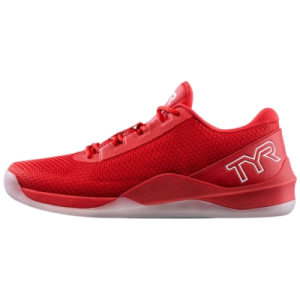
TYR CXT-2
Performance Showdown
Stability for Lifting
Metcon 9 Details
The Metcon 9 features a dual-density midsole construction with a Hyperlift plate in the heel, providing solid stability for most lifting needs. The midsole is designed to be more stable on the outsides and more responsive internally.
One notable concern is the midfoot construction, which can lead to some medial stability issues during unilateral work. This is particularly noticeable if you tend to overpronate.

- Good midsole stability and I’ve deadlifted well over 500 lbs in the Metcon 9
- Wider toe box is great for toe splay
- Hyperlift heel adds stability for squats and catching cleans
- Outsole traction does a good job on most surfaces/machines
- The forefoot breaks in decently well over time, which helps combat the rigidity
CXT-2 Details
Delivers impressive stability through its Surge NRG foam midsole and TPU-wrapped construction. The built-out platform provides a secure base that feels particularly anchored during heavy lifts.
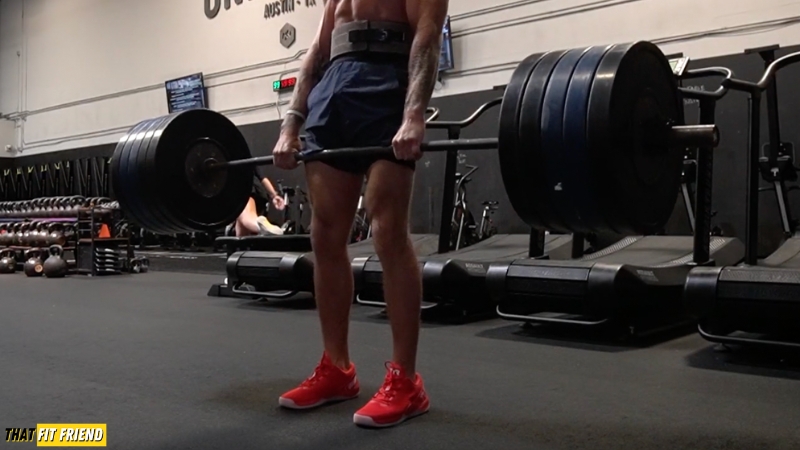
- Dense midsole construction that handles 500+ lb deadlifts with minimal compression
- Deep heel cup providing enhanced ankle support
- TPU wrap around the midfoot for additional stability
- More traditional “blocky” feeling that lifting enthusiasts might appreciate
- 7mm drop and denser platform make this shoe feel more structured and supportive
Winner for Lifting: Tie.
Both shoes excel in different ways. The Metcon 9 offers a more traditional, stable feel with its dual-density approach, while the CXT-2 provides stability through its built-out platform and supportive construction. Your choice should depend on whether you prefer a more connected ground feel (Metcon 9) or a more structured, supportive platform (CXT-2).
CrossFit Performance
Metcon 9 Breakdown
Features significantly enhanced durability with extensive rope guards and a reworked upper construction. However, the Hyperlift plate can feel clunky during more dynamic WODs, and some might find the rope guard construction adds unnecessary bulk.

- Wider toe box allowing better foot splay during dynamic movements
- Extensive rope guard protection (though possibly excessive)
- Haptic overlays for improved durability
- Rubber material on the medial toe box for additional abrasion resistance
- Dual-density midsole providing good response for plyometric movements
CXT-2 Breakdown
These have some significant improvements in durability compared to its predecessor, with thoughtfully designed features for CrossFit-specific movements. The only notable drawback is potential grip outsole issues on certain surfaces, particularly with heavy sled work on turf.
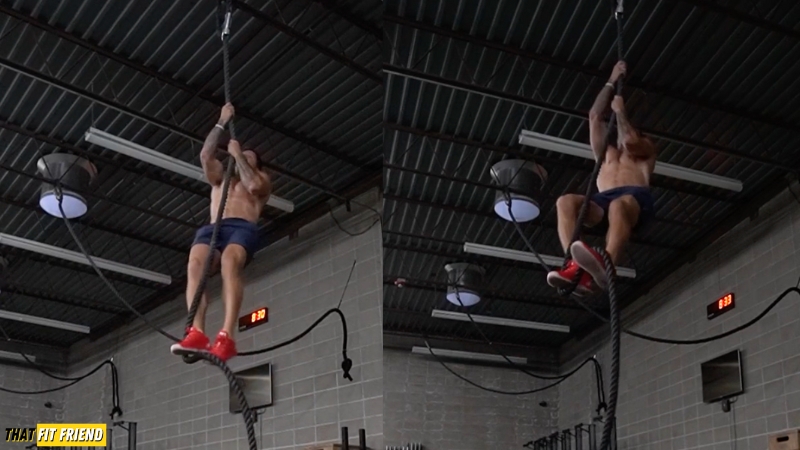
- Reworked TPU midfoot wrap addressing previous durability issues
- Extended outsole layer on medial and lateral sides for rope climb grip
- TPU heel construction allowing smooth wall-facing movements
- Thick rubber outsole for durability
- Secure upper construction that locks down well during dynamic movements
Winner for CrossFit: TYR CXT-2 Trainer
While both shoes are highly capable, the CXT-2’s more balanced approach to durability and performance features gives it a slight edge. It manages to provide necessary protection without the bulk that sometimes hinders the Metcon 9’s performance.
Versatile Training/Cross-Training Comparison
Metcon 9 Assessment
While the Metcon 9 performs well for lifting, it has some limitations in versatile training. They can work for workouts where you’re primarily on the forefoot being explosive, but they start to fall short for dedicated HIIT and class-style workouts and sessions.

- Good flexibility in the forefoot for plyometric movements
- Responsive enough for box jumps and dynamic exercises
- Hyperlift plate can feel clunky during athletic movements
- Dual-density midsole provides decent bounce for plyometric work
- Higher stack height can impact stability in certain movements
CXT-2 Assessment
The CXt-2 offers good versatility despite its built-out feel. As opposed to the Metcon 9, their density runs throughout, so it’s not super offputting for certain movements because their feel is consistent for versatile exercises.
The shoe’s heavier construction and denser ride may not appeal to those preferring minimalist training shoes, but it provides consistent performance across various training modalities.
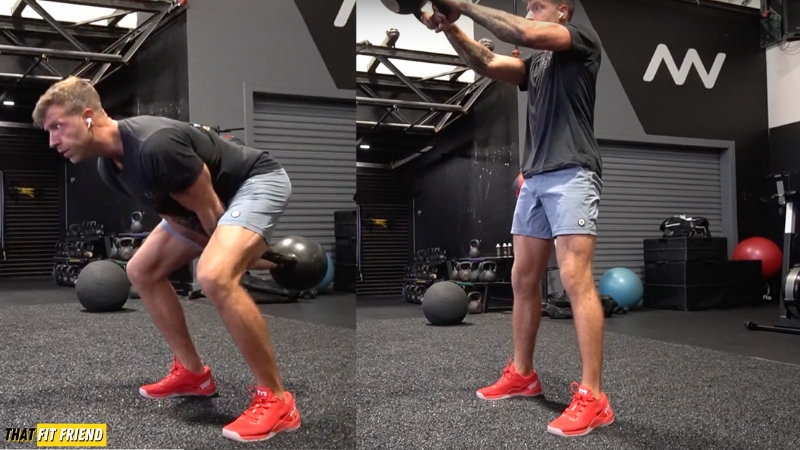
- Dense Surge Energy foam provides good stability while maintaining some responsiveness
- TPU wrap helps with multi-directional movements
- Thicker platform can feel heavy during extended conditioning work
- Good traction on most indoor surfaces
- May feel too built-out for those preferring minimalist shoes
Winner for Versatility: TYR CXT-2 Trainer.
While neither shoe excels in this category, the CXT-2’s more balanced approach gives it a slight edge. It manages to blend stability with enough flexibility for varied training demands.
Running Performance
Metcon 9 Breakdown
These are best suited for short sprints and intervals — if that. Look, you can use the Metcons for short jaunts in WODs and sessions, but god bless if you’re planning using them for anything longer than a half-mile.

- Comfortable for 400-800 meter runs when staying on forefoot
- Hyperlift plate can be uncomfortable for heel strikers
- Not recommended for runs over a mile
- Better for sprint-style conditioning within WODs
- Dual-density midsole provides some cushioning for short runs
CXT-2 Breakdown
The CXT-2 handles short runs well but has some limitations. Look, they’re still a denser ride, but compared to the Metcon 9, there is a night and day difference. IMO, if you’re used to running in older Metcons/Nanos you won’t mind the feel of the CXT-2 for running.
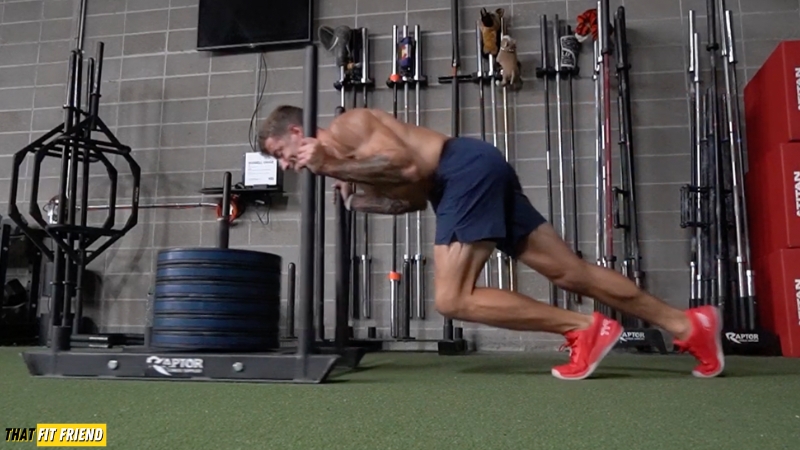
- Works well for interval running up to 800-meters to 1 mile
- Dense midsole provides stability but limits cushioning
- Better suited for forefoot and midfoot strikers
- 7mm drop can be more forgiving than the Metcon 9’s lower drop
- Heavier construction can feel cumbersome during longer runs
Neither shoe is designed as a primary running shoe, but both can handle the running demands typically found in CrossFit workouts.
Winner for Running: Tie.
Both shoes are designed primarily for cross-training and should be limited to short running distances. The choice here depends on your running style – forefoot runners might prefer the Metcon 9’s lower drop, while those wanting more cushioning might appreciate the CXT-2’s platform.
Sizing & Fit Comparison
Nike Metcon 9 Sizing Thoughts
- Narrow Feet: True to size
- Medium-Width Feet: True to size
- Wide Feet: True to size, go up a half-size for more toe box room
- Wider toe box compared to previous versions
- Moderate volume in the upper


CXT-2 Trainer Sizing Thoughts
- Narrow Feet: True to size
- Medium-Width Feet: True to size, go up a half-size for more toe box room
- Wide Feet: Go with the wide option, I’d pass on the normal
- 4mm wider than its predecessor
- Available in wide version
- Deeper heel cup for ankle support
Construction Comparison
Outsole
Nike Metcon 9
- Full rubber outsole with extended wrap over toe box
- Herringbone tread pattern in heel and forefoot areas
- Exposed foam cutout in midfoot section
- Additional rubber coverage for rope climbing durability


TYR CXT-2
- TYRTac rubber outsole throughout
- Extended outsole wraps over toe box
- Full rubber coverage for enhanced durability
- TPU wrap extending from forefoot through midfoot
Midsole
Nike Metcon 9
- Dual-density foam design:
- More stable foam on shoe’s exterior
- More responsive foam on interior
- Hyperlift plate insert in heel (shorter than previous versions)
- Higher overall stack height compared to previous models


TYR CXT-2
- Surge NRG foam midsole
- Dense, stable platform design
- TPU reinforcement wrapping around midfoot and heel
- 7mm heel-to-toe drop (reduced from previous model)
Upper
Nike Metcon 9
- Mesh base with haptic overlays
- Rubber material on medial toe box for abrasion resistance
- Extended rope guard coverage on both medial and lateral sides
- Five core eyelets with lace-lock feature
- Gusseted tongue design
- Lower profile heel boot
- Padded mesh tongue


TYR CXT-2
- Mesh upper with synthetic overlays
- Internal toe guard wrap
- Leathery material in heel area for ankle support
- Five core eyelets with three middle support loops
- Thick padded mesh tongue with gusset
- Deep heel cup design
- Additional padding in boot construction
Who Should Buy the Nike Metcon 9?
- Athletes who have found previous Metcons too narrow
- Lifters who prioritize stability for heavy lifting
- Those who prefer a more traditional cross-training shoe feel
- Nike Metcon fans looking to try the latest iteration
Who Should Buy the TYR CXT-2?
- Athletes who like built-out, stable training shoes
- CrossFit enthusiasts needing enhanced durability
- Those who prefer shoes with good ankle support
- Fans of the Reebok Nano X style platform

Final Verdict: Who Wins Overall?
Overall Winner: TYR CXT-2 Trainer.
While both shoes are strong contenders, the CXT-2’s more thoughtful construction updates and balanced approach to performance make it a slightly better option for most athletes. However, the best choice will ultimately depend on your specific training needs and preferences.
The Metcon 9 shines for those wanting a traditional cross-training shoe with improved width, while the CXT-2 excels for those wanting a more built-out, stable platform for varied training demands.
If you have any questions about either of these shoes, feel free to reach out directly, and I’ll help you determine which option might work best for your specific needs and training style.





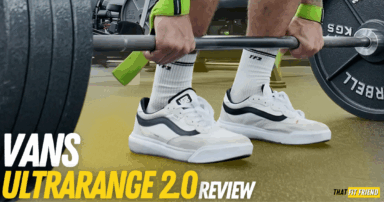

Add a Comment